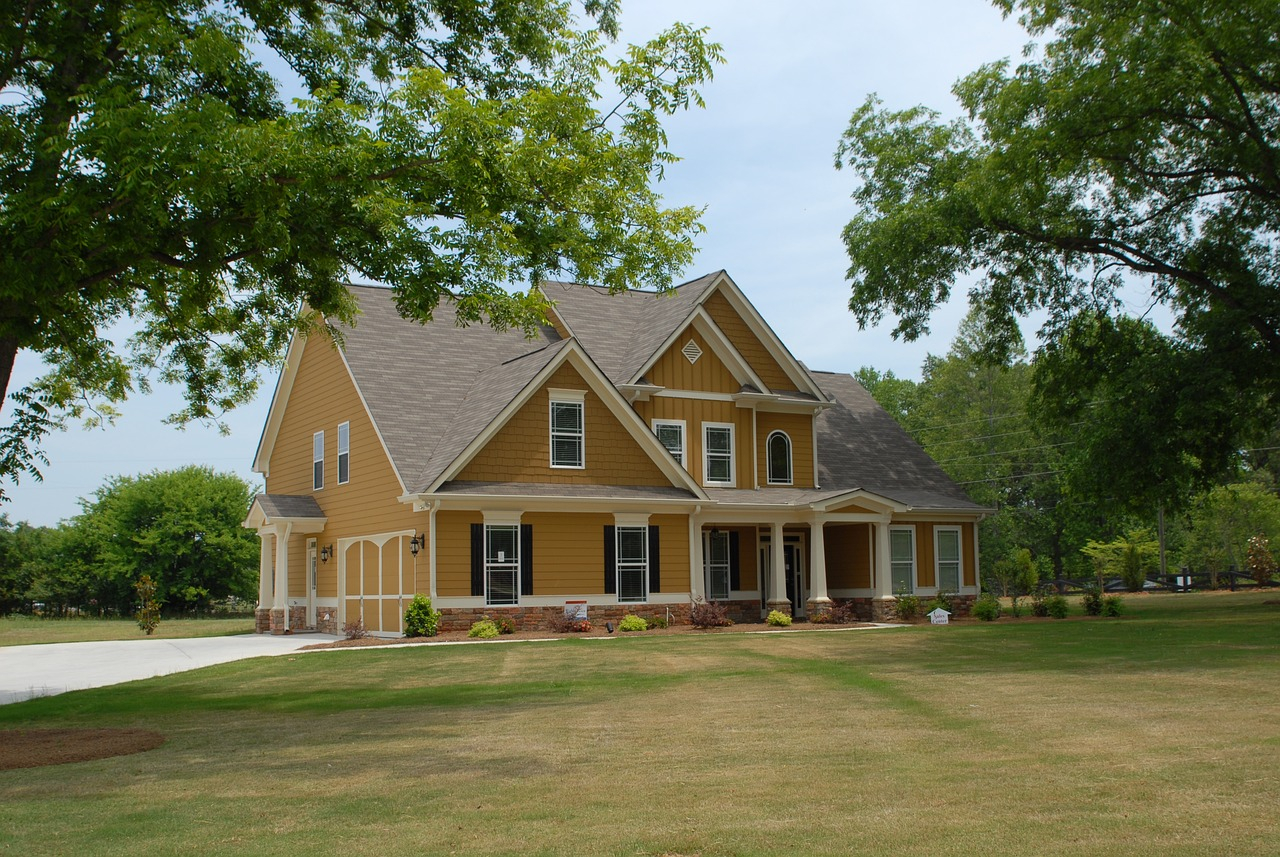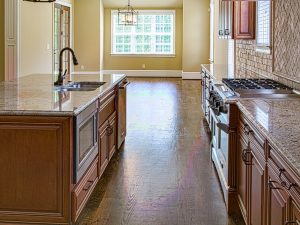The Return of the Rooming House: Modern Solutions to Urban Housing
Welcome to the return of the rooming house, a modern solution to urban housing. As cities continue to grow and become more densely populated, housing options are becoming limited and unaffordable for many individuals. This has led to a resurgence of the rooming house concept, providing an alternative living arrangement for those in need. In this article, we will explore the history of rooming houses, the current state of urban housing, and the benefits and challenges of this modern solution.
The History of Rooming Houses
Rooming houses have been around for centuries and have played a vital role in providing affordable housing to low-income individuals and immigrants. In the late 1800s and early 1900s, rooming houses were a common housing option in cities like New York, London, and Paris. These houses consisted of multiple small rooms that were rented out to individuals or families, often sharing a communal kitchen and bathroom.
During the Great Depression, rooming houses became a popular source of income for homeowners looking to make ends meet. However, as more government-funded housing options became available in the mid-20th century, the demand for rooming houses declined.
The Current State of Urban Housing
Fast forward to the 21st century, and we are facing a new housing crisis in cities around the world. According to a report by the United Nations, it is estimated that by 2030, two-thirds of the world’s population will live in urban areas. With this rapid urbanization and skyrocketing housing prices, many people are struggling to find affordable housing options.
In cities like San Francisco, New York, and Vancouver, the average rent for a one-bedroom apartment can easily exceed $2,000 per month. This has led to an increase in homelessness and gentrification, pushing low-income individuals and families further to the outskirts of the city or even out of the city altogether.
The Benefits of Rooming Houses
So, what makes rooming houses a viable solution to this housing crisis? For starters, they provide an affordable option for those who cannot afford to live on their own. With a small room and shared amenities, the rent for a rooming house is significantly lower than the cost of a one-bedroom apartment in a major city.
Rooming houses also offer a sense of community that is often lacking in urban living. In a world where people are becoming increasingly isolated and disconnected, living in a rooming house can provide social interaction and a support system for those who may not have one. This sense of community is particularly beneficial for elderly individuals or those who may be new to the city and looking to make connections.
The Challenges of Rooming Houses
As with any housing option, there are also challenges that come with living in a rooming house. One of the biggest concerns is the quality of living conditions, as rooming houses are not always regulated by the government. This can lead to issues such as overcrowding, lack of safety standards, and poor maintenance.
Another challenge is the stigma surrounding rooming houses. Many people view them as run-down, unsafe, and only for those who cannot afford anything better. However, as the demand for affordable housing continues to rise, this stigma is starting to shift as people become more open to alternative living arrangements.
The Future of Rooming Houses
The return of the rooming house may be a sign of our changing times, as the traditional idea of the nuclear family and owning a home becomes less attainable for many. With the rise of co-living spaces and a growing interest in communal living, rooming houses could become a more accepted and regulated housing option in the future.
As cities continue to face challenges in providing affordable housing, it is essential to explore all possible solutions. While rooming houses may not be the answer for everyone, they offer a glimmer of hope for those struggling to find a place to call home in the midst of an urban housing crisis.
In Conclusion
The return of the rooming house may be a modern solution to a centuries-old problem. While it is not without its challenges, it offers an affordable, communal, and potentially more inclusive living option in a world where housing is becoming increasingly unattainable. As communities and governments continue to explore ways to address the housing crisis, it is crucial to consider the role that rooming houses can play in providing safe and affordable housing for all.









